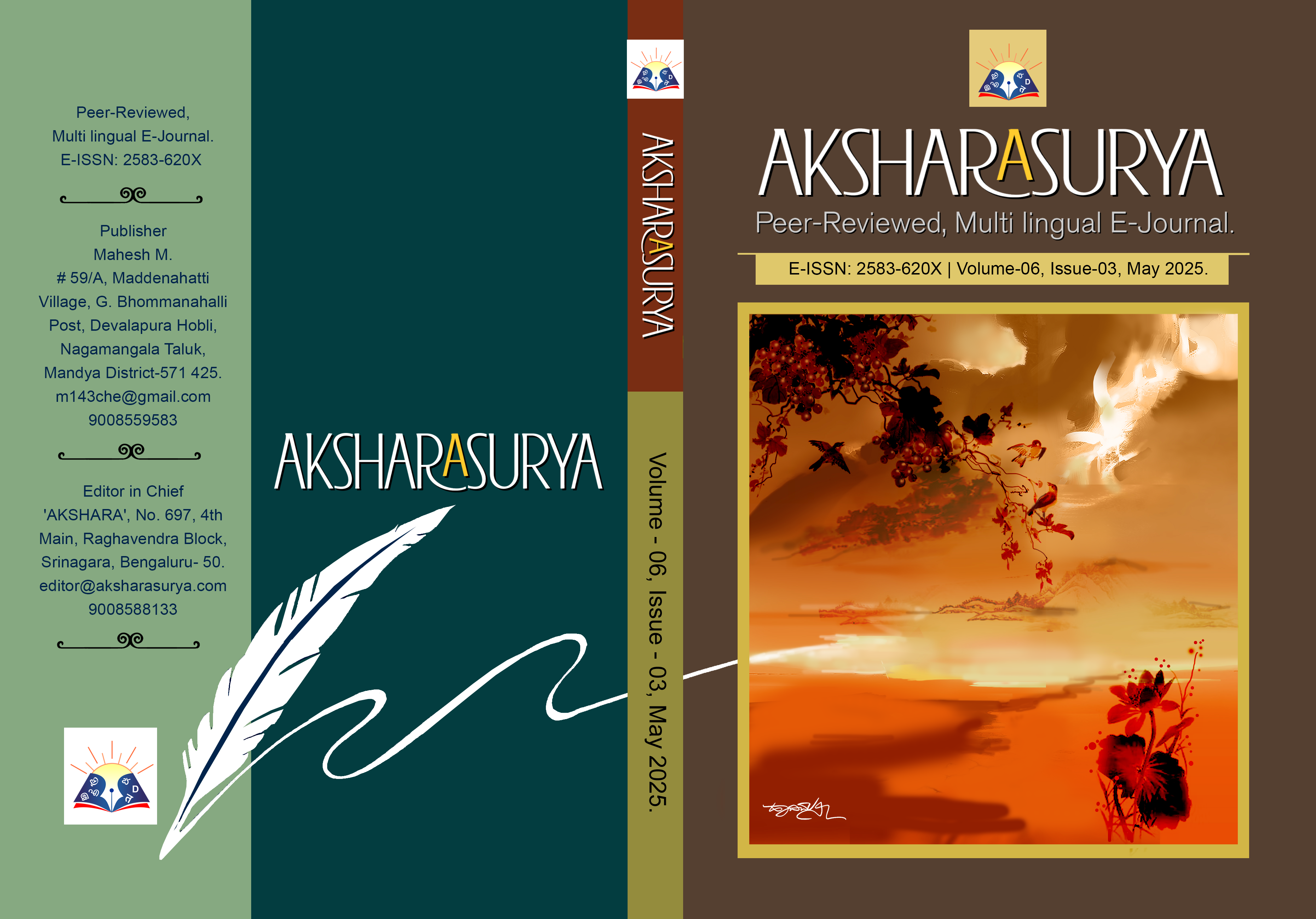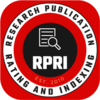Cyber bullying of Indian Cricketers on internet: A study
Keywords:
Cyberbullying, Cyber Laws, Indian Cricketers, Instagram, Digital aggressionAbstract
Cyberbullying has become a pervasive issue in the digital age, affecting individuals across various domains, including sports. This study delves into the phenomenon of cyberbullying targeting Indian cricketers on the internet, shedding light on its prevalence, forms, and consequences. With the proliferation of social media platforms and the increasing online presence of cricket stars, this research investigates the unique challenges faced by Indian cricketers as they navigate the virtual world.
The study employs a mixed-methods approach, combining qualitative and quantitative analyses to provide a comprehensive understanding of cyberbullying against Indian cricketers. Data was collected through surveys, interviews, and content analysis of social media platforms, focusing on prominent Indian cricket players who have faced online harassment.
Our findings reveal that Indian cricketers are disproportionately targeted by cyberbullies due to their high public profiles and the emotional investment of fans in cricket. Common forms of cyberbullying against cricketers include abusive comments, threats, and character assassination. Social media platforms, especially Twitter and Instagram, serve as hotspots for such vitriolic behaviour, perpetuated by anonymous trolls and disgruntled fans.
The psychological impact of cyberbullying on Indian cricketers is significant, leading to stress, anxiety, and a negative impact on their performance. Many cricketers report feeling helpless and vulnerable when confronted with a barrage of online abuse. In some cases, cyberbullying has even resulted in players taking breaks from social media or seeking professional mental health support.
This study also investigates the role of social media platforms and their policies in curbing cyberbullying. It identifies the need for stricter regulations and more proactive measures to protect the mental well-being of Indian cricketers and other public figures. Additionally, the study highlights the importance of media literacy and digital resilience training for athletes to empower them in dealing with cyberbullying.
In conclusion, cyberbullying of Indian cricketers on the internet is a pressing issue that demands attention from stakeholders, including sports authorities, social media platforms, and society as a whole. This study provides valuable insights into the nature and impact of cyberbullying on cricketers, emphasizing the urgent need for concerted efforts to combat online harassment and protect the mental health of our sporting icons in the digital age.
References
Hinduja, S., & Patchin, J. W. (2015). Bullying Beyond the Schoolyard: Preventing and Responding to Cyberbullying (2nd ed.). Sage Publications.
Kowalski, R. M., Giumetti, G. W., Schroeder, A. N., & Lattanner, M. R. (2014). Bullying in the digital age: A critical review and meta-analysis of cyberbullying research among youth. Psychological Bulletin, 140(4), 1073-1137.
O’Neill, B., & McBride, J. (2016). “You’re a cretin!” Exploring Twitter abuse of UK politicians. Information, Communication & Society, 19(7), 984-1002.
Patchin, J. W., & Hinduja, S. (2013). Social influences on cyberbullying behaviors among middle and high school students. Journal of Youth and Adolescence, 42(5), 711-722.
Smith, P. K., Mahdavi, J., Carvalho, M., Fisher, S., Russell, S., & Tippett, N. (2008). Cyberbullying: Its nature and impact in secondary school pupils. Journal of Child Psychology and Psychiatry, 49(4), 376-385.
Grigg, D. W. (2010). Cyber-aggression: Definition and concept of cyberbullying. Australian Journal of Guidance and Counselling, 20(2), 143-156.
Hinduja, S., & Patchin, J. W. (2017). State cyberbullying laws: A brief review of state cyberbullying laws and policies. Cyberbullying Research Center.
Chib, A., & Wilkin, H. A. (2016). Cyberbullying in South Asian countries: A review of its nature, extent, and impact. Information, Communication & Society, 19(6), 810-826.
Dooley, J. J., Pyżalski, J., & Cross, D. (2009). Cyberbullying versus face-to-face bullying: A theoretical and conceptual review. Zeitschrift für Psychologie, 217(4), 182-188.
Smith, P. K., del Barrio, C., & Tokunaga, R. S. (2019). Definitions of bullying and cyberbullying: How useful are the terms? In Handbook of bullying in schools (pp. 19-40). Routledge.
Slonje, R., & Smith, P. K. (2008). Cyberbullying: Another main type of bullying? Scandinavian Journal of Psychology, 49(2), 147-154.
Hinduja, S., & Patchin, J. W. (2018). Cyberbullying research: New perspectives and alternative methodologies. In Handbook of research on cyberbullying and online harassment in the digital age (pp. 1-12). IGI Global.
Agatston, P. W., Kowalski, R., & Limber, S. (2007). Students’ perspectives on cyberbullying. Journal of Adolescent Health, 41(6), S59-S60.
Smith, P. K., & Steffgen, G. (2013). Cyberbullying through the new media: Findings from an international network. Psychology Press.
Thompson, C. M., Kwon, J. Y., Suh, Y., & Li, L. (2018). Social networking sites and the surveillance society: A critical case study of the usage of Sina Weibo by Chinese journalists. Telematics and Informatics, 35(4), 1005-1017.
Patchin, J. W., & Hinduja, S. (2011). Cyberbullying: An exploratory analysis of factors related to offending and victimization. Deviant Behavior, 32(1), 129-156.
Livingstone, S., Haddon, L., & Görzig, A. (2011). Risks and safety on the internet: The perspective of European children. Policy Press.
Juvonen, J., & Gross, E. F. (2008). Extending the school grounds? Bullying experiences in cyberspace. Journal of School Health, 78(9), 496-505.
Hinduja, S., & Patchin, J. W. (2014). Bullying, cyberbullying, and suicide. Archives of Suicide Research, 18(2), 122-146.
Campbell, M. A. (2005). Cyber bullying: An old problem in a new guise? Australian Journal of Guidance and Counselling, 15(1), 68-76.
Lewinsky, M. (2021). Cyberbullying in modern era. Retrieved from Britannica: https://www.britannica.com/topic/cyberbullying
Wimmer, D. (2022). Mass Communication Theory. New York: Wordsworth.
Downloads
Published
How to Cite
Issue
Section
License
Copyright (c) 2025 ಅಕ್ಷರಸೂರ್ಯ (AKSHARASURYA)

This work is licensed under a Creative Commons Attribution 4.0 International License.








